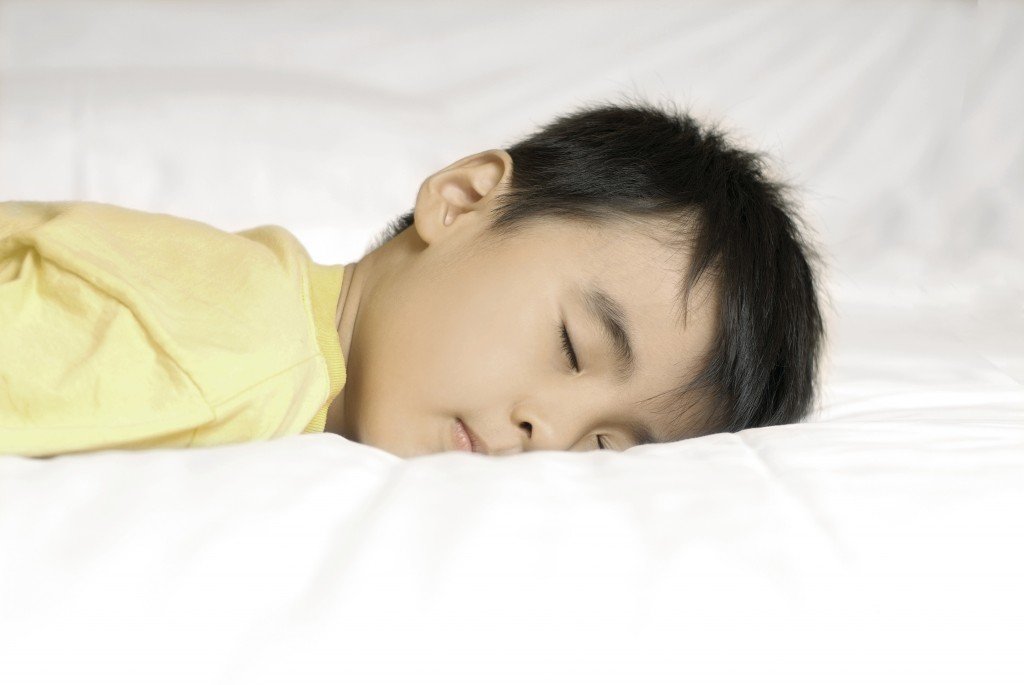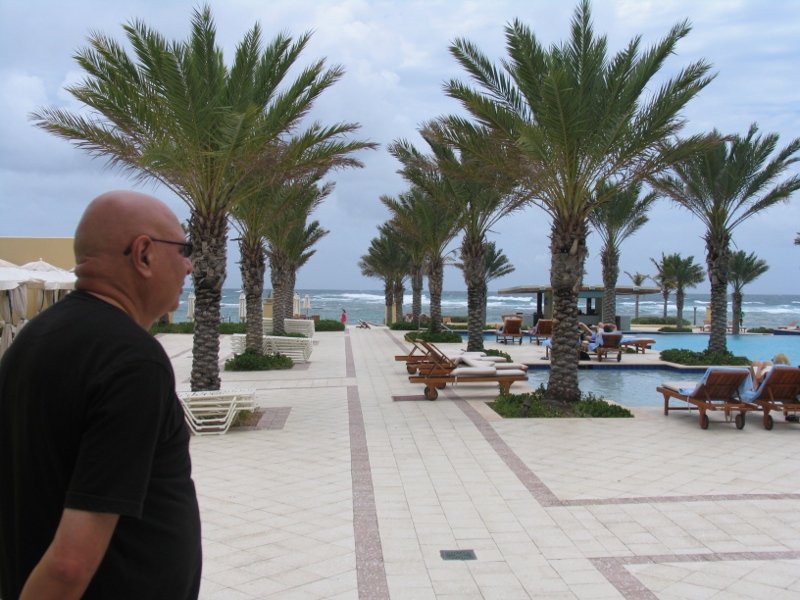There is increasing trend towards the use of probiotics and prebiotics by patients suffering from certain kinds of illnesses and by the public in general.
The word probiotics is a compound of a Latin and a Greek word. It means “favorable to life.” Probiotics, as defined by the Food and Agricultural Organization of the United Nations (FAO), are live microorganisms administered in adequate amounts which confer a beneficial health effect on the host.
The largest group of probiotic bacteria in the intestine is lactic acid bacteria, of which Lactobacillus acidophilus, found in yogurt, is the best known. Yeast is also a probiotic substance. Probiotics are also available as dietary supplements. These bacteria do not promote or cause disease. They are friendly germs.
Prebiotics refer mainly to certain foods, and occasionally to certain food products, that support the growth of probiotics. Included among prebiotics are foods such as regular artichokes, oats, leeks, onions, honey and whole grain breads or cereals.
The concept of using probiotics is not new. It goes back to the late nineteenth century. People tried to improve their health by supplementing their natural intestinal bacteria by additional bacteria taken by mouth. The Lactobacilli group of bacteria, found in yogurt, was the first identified probiotic. In the 1920s and 1930s, many doctors recommended acidophilus milk for the treatment of constipation and diarrhea. This treatment was effective for many patients.
In the 1950s, medical researchers began to study L. acidophilus as a possible answer to some of the digestive side effects of taking antibiotics. We know that antibiotics upset the natural balance of the intestinal organisms by killing the good bacteria along with the bad ones. The researchers thought that taking oral preparations of L. acidophilus might offset the side effects of the antibiotics.
According to Harvard Women’s Health Watch, probiotic therapy has been best studied for the treatment of diarrhea. It may also help people with Crohn’s disease, irritable bowel syndrome, and other gastrointestinal problems. Probiotics that help restore the balance of bacteria in the vagina may be useful in treating such common female urinary and genital problems as bacterial vaginosis, yeast infection, and urinary tract infection. More study is needed to know which probiotic strains work best for which conditions.
Harvard Women’s Health Watch suggests that people considering probiotics keep the following points in mind:
-The recommended doses range from 1 billion to 10 billion colony-forming units (CFU)—the amount contained in a capsule or two—several days per week.
-A daily supplement for one to two weeks may improve conditions such as infectious or antibiotic-related diarrhea.
The microorganisms in probiotic supplements need to be alive when you take them (or when they’re freeze-dried for capsules). They may die on exposure to heat, moisture or air. Some require refrigeration. See Harvard Health Publication (www.health.harvard.edu) and (www.usprobiotics.org).
In summary, probiotics are bacteria that help maintain the natural balance of bacteria in the intestine. The normal human digestive tract contains about 400 types of probiotic bacteria that reduce the growth of harmful bacteria and promote a healthy digestive system. Probiotics is not a panacea for all gastro-intestinal problems. Lot more research is required to establish the role of probiotics in health and illness.
Start reading the preview of my book A Doctor's Journey for free on Amazon. Available on Kindle for $2.99!

